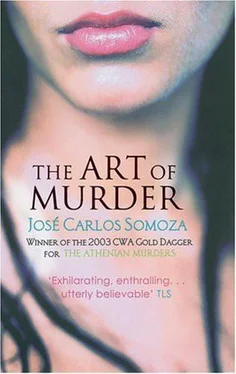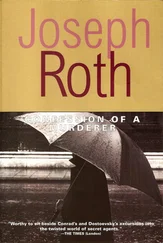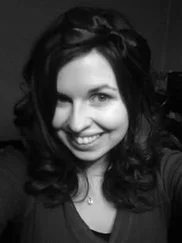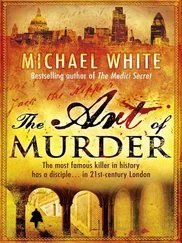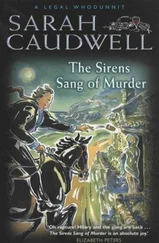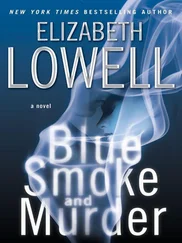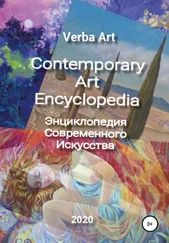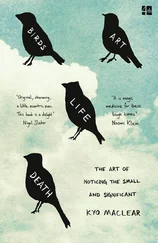Jose Somoza - Art of Murder
Здесь есть возможность читать онлайн «Jose Somoza - Art of Murder» весь текст электронной книги совершенно бесплатно (целиком полную версию без сокращений). В некоторых случаях можно слушать аудио, скачать через торрент в формате fb2 и присутствует краткое содержание. Жанр: Триллер, на английском языке. Описание произведения, (предисловие) а так же отзывы посетителей доступны на портале библиотеки ЛибКат.
- Название:Art of Murder
- Автор:
- Жанр:
- Год:неизвестен
- ISBN:нет данных
- Рейтинг книги:4 / 5. Голосов: 1
-
Избранное:Добавить в избранное
- Отзывы:
-
Ваша оценка:
- 80
- 1
- 2
- 3
- 4
- 5
Art of Murder: краткое содержание, описание и аннотация
Предлагаем к чтению аннотацию, описание, краткое содержание или предисловие (зависит от того, что написал сам автор книги «Art of Murder»). Если вы не нашли необходимую информацию о книге — напишите в комментариях, мы постараемся отыскать её.
Art of Murder — читать онлайн бесплатно полную книгу (весь текст) целиком
Ниже представлен текст книги, разбитый по страницам. Система сохранения места последней прочитанной страницы, позволяет с удобством читать онлайн бесплатно книгу «Art of Murder», без необходимости каждый раз заново искать на чём Вы остановились. Поставьте закладку, и сможете в любой момент перейти на страницу, на которой закончили чтение.
Интервал:
Закладка:
She could not make out the shape of the ten-seater jet she climbed aboard at the end of the tunnel down which she had followed the uniformed man. Inside the cabin, a mechanic dressed in an orange overall was waiting for her. He never spoke to her by name. In fact, he hardly said anything at all (and besides, he did not speak Spanish). He led her with gloved hands (everyone used gloves to handle her once she had been primed) and helped her lie down on a padded couch with its back raised forty-five degrees and the word FRAGILE written in large letters on the leather. There was another lifted rail for her feet, which forced her to keep her knees bent. There was no need for her to take her top or miniskirt off. On the contrary: the workman wrapped her in another layer of plastic, this time a loose sleeveless tunic, and stuck warning labels in Dutch and English all over it. The only thing he removed were her shoes. She was strapped in her seat by eight elastic belts: one across her forehead, two under her arms, another round her waist, and a further four at her wrists and ankles. They were all amazingly soft. As he tightened them, the mechanic made sure they did not trap the labels on her right wrist and ankle. The only time he spoke was when he put her mask on. 'Protect eyes,' he said. Those were the last words she heard until they landed.
There was a brief interval without darkness during the flight: the mask was lifted and she was offered a tall vertical line inserted in a hermetically sealed glass. She drank from it, though she was not thirsty. It was a fruit juice. She was able to see that outside, in the cabin and the rest of the world, night had fallen. While he held the glass up for her to drink, the mechanic also checked that none of the straps was too tight. He moved the labels around to avoid them chafing. Another man used a doctor's torch to check her stomach, and then they slightly loosened the central strap. She did not move (although she could have if she had wanted to) because she was not worried about having to stay in the same position the whole day if necessary. When they had finished all their adjustments, the two men put her mask back on.
She felt the landing as a foetus might experience being born on a fairground big wheel. It helped her understand there must be something intangible within us that gives us a sense of direction, of above and below, of acceleration and braking. The awareness that an arrow or a line might have. Inertia gripped her like a powerful dance partner, pushing her forward, then backwards. Then the violent rubber stamp of wheels on the ground. 'Careful… step… careful… step…'
They held her arms as she descended the steps. A wave of Amsterdam night air greeted her. Holland caressed her legs, lifted the edges of her plastic shroud, stroked her stomach and hot back. She felt encouraged to be received in this way by an unabashed, cool Holland that smelt of gasoline and jet engines. A gust of wind made her neck label swing out to the left.
They came to a stop in a distant zone of Schiphol airport. Flashing lights were the only decoration. At the foot of the steps another mechanic was waiting with a transport trolley. They were called 'capsules', and Clara had seen them before, but never travelled in one. It consisted of another stretcher like the one on the plane, with the back raised, and a plastic cover with holes in for her to breathe, covered in more warning stickers. When they zipped the cover over her head, she could hear no more noise, but could still see out through the plastic. They had removed her mask, and she felt a lot more comfortable than she had in the plane (she could stretch her legs, for example) although this did not mean much to her. The mechanic walked round behind her and started to push the trolley.
They went towards a long, low building beyond which she could see the tall, cool lines of the control tower. A sign – Douane, Tarief – flashed electronically. Muscular figures in tunics, others showing bare flesh, necks bearing orange or bright blue tags, faces with no eyebrows, their skin primed and shiny, a rainbow of hair colours, others again with bald, gleaming heads, youngsters of both sexes, adolescents, little boys and girls, beautiful monsters waiting in the intermittent lights in the darkness, canonic but unfinished images, models not yet sketched (she was particularly struck by one ineffable shaven and primed work in a wheelchair who turned its head to stare after her like a drugged alien being), all of them waiting in line to go through the customs. Many of them had been brought here on luggage trolleys, often without guards, because they did not need any special transport requirements. Clara was fascinated at the amount of trafficking in works of art that obviously went on in Holland. There was nothing like it in Spain, where artistic immigration, like so many other kinds, was strictly controlled. How much could each of those works cost? Even the cheapest must be worth more than a thousand dollars.
Her capsule went straight into the building without having to queue. Inside it was like a hangar with conveyor belts and long customs tables. Employees in blue uniforms raised their arms and reeled off precise instructions. Everything was studied, regulated, listed, considered. They wheeled her to a desk. Forms were stamped, labels checked. Then she was taken into an adjacent room, where they unzipped her cover. As they did so, a mixture of male and female perfumes overwhelmed her sense of smell. A silent, smiling couple wearing surgical gloves that matched the colour of their suits and with blue tags in their lapels (she remembered this was what the Conservation department wore) were waiting for her. The room was an office: a desk, two exits, an open door. Someone shut the door, and to Clara it seemed that for a second she had gone deaf.
'How are you feeling? OK? My name is Brigitte Paulsen, and my colleague here is Martin van der Olde. Can you get up? Slowly, there's no need to rush.'
This sudden burst of musical Spanish surprised Clara at first.
She had thought they would treat her as they had until now, as simply art material. Then she understood her reception. They were part of Conservation, and in Conservation they always tried to make the works feel at ease. She swung her bare feet down to the floor – the primed toenails reflected the strip ceiling lights – and stood up without help or any difficulty. 'I'm fine, thank you.'
'Mr Paul Benoit, director of Conservation at the Bruno van Tysch Foundation, is sorry he cannot be here in person, and has instructed me to welcome you to Holland,' the woman said with a smile. 'Did you have a good trip?'
'Yes very good, thanks.' 'I little Spanish,' the blond man said, blushing slightly. 'Don't worry,' Clara reassured him.
'Do you need anything? Want anything? Want to say anything?'
'No, I'm fine at the moment, and there's nothing I need,' said Clara. 'Thanks all the same.'
'May I?' the woman took hold of the label round Clara's neck.
'Excuse me,' said the man, lifting her arm with his gloved left hand, and catching her wrist tag in his right.
'Sorry,' a third man she had not noticed until now said, as he knelt on the floor to grasp her ankle label.
It's comforting when they treat you like a human being occa sionally, thought Clara. Everry being in the universe, as well as the majority of natural and artificial objects, likes being treated kindly, so Clara did not feel ashamed to think as she did. The parallel red claws of their laser beams sneaked out over the lines of the bar codes on her three labels. She kept her silent smile throughout their inspection, examining the woman closely. She decided she was pretty, but was wearing too dark a shade of make-up. She had also put too much rouge on: it looked as though she had been slapped hard on both cheeks.
Читать дальшеИнтервал:
Закладка:
Похожие книги на «Art of Murder»
Представляем Вашему вниманию похожие книги на «Art of Murder» списком для выбора. Мы отобрали схожую по названию и смыслу литературу в надежде предоставить читателям больше вариантов отыскать новые, интересные, ещё непрочитанные произведения.
Обсуждение, отзывы о книге «Art of Murder» и просто собственные мнения читателей. Оставьте ваши комментарии, напишите, что Вы думаете о произведении, его смысле или главных героях. Укажите что конкретно понравилось, а что нет, и почему Вы так считаете.
